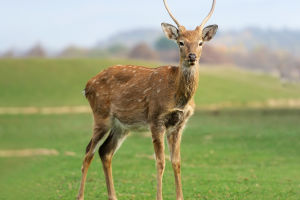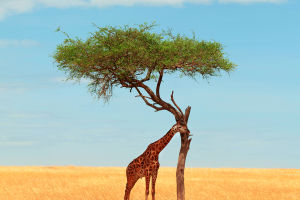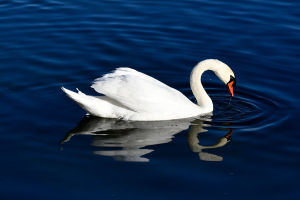Hey Lykkers! Meet the vibrant and captivating Little Green Bee-eater, a small bird that not only enchants with its vivid colors but also plays a crucial role in its ecosystem.
Let’s dive into the life of this remarkable avian.
Vivid Visuals
The Little Green Bee-eater is renowned for its striking green plumage that seems to glow against the natural backdrop of its habitat. This bird's appearance is enhanced by black eye-stripes and blue throat patches, making it a photographer's delight.
Habitat and Distribution
Thriving in open grassland, thin scrub, and forest clearances, this bird spans across sub-Saharan Africa and from the Arabian Peninsula through the Indian subcontinent to Vietnam. Its presence symbolizes a healthy, bug-controlled environment.
Green Bee-eater facts | Amazing Animals
Video by Amazing Planet!
Dietary Habits
True to its name, the Little Green Bee-eater’s diet primarily consists of bees, along with other flying insects. Its hunting technique is fascinating, involving catching insects in mid-air during swift, acrobatic flights.
Breeding and Nesting
The breeding season of the Little Green Bee-eater is a busy time, marked by elaborate aerial dances to attract mates. They nest in small colonies, burrowing tunnel-like nests in sandy banks, which they often share with other bee-eater species.
Intriguing Behaviors
One of the most intriguing aspects of the Little Green Bee-eater is its method of removing stings from bees and wasps by repeatedly hitting the insect on a hard surface before consumption. This behavior showcases the bird’s intelligence and adaptability.
Conservation Status
While currently listed as least concern by the IUCN, the Little Green Bee-eater faces threats from habitat destruction and the use of pesticides which reduce their food sources. Conservation efforts are crucial to ensure that future generations can also enjoy watching these delightful birds.
The Little Green Bee-eater is more than just a beautiful bird; it is an integral part of the ecosystem that helps control insect populations and adds to the biodiversity of its habitat. Observing this bird can be a joyful and educational experience, highlighting the intricate connections within nature.


